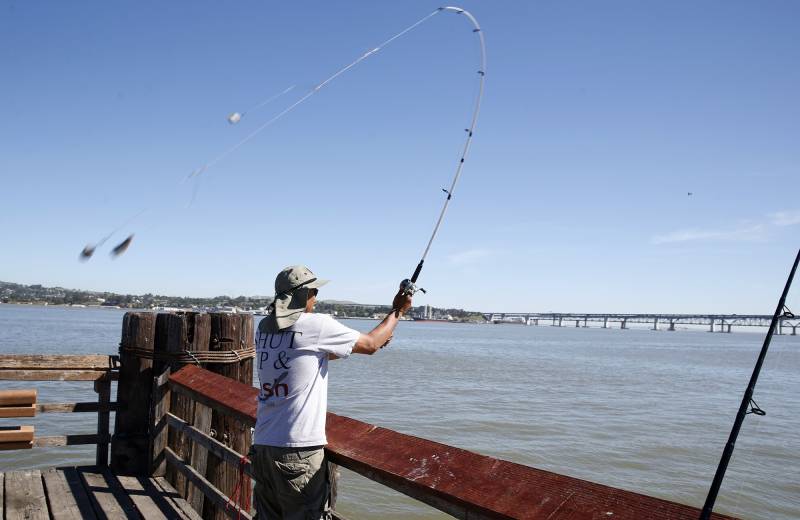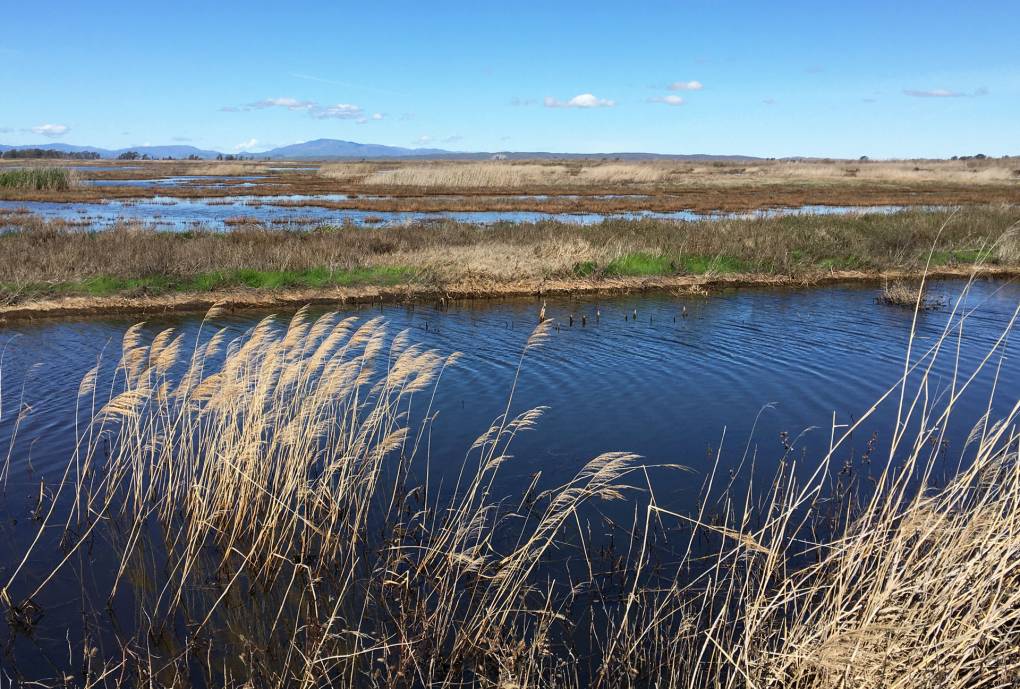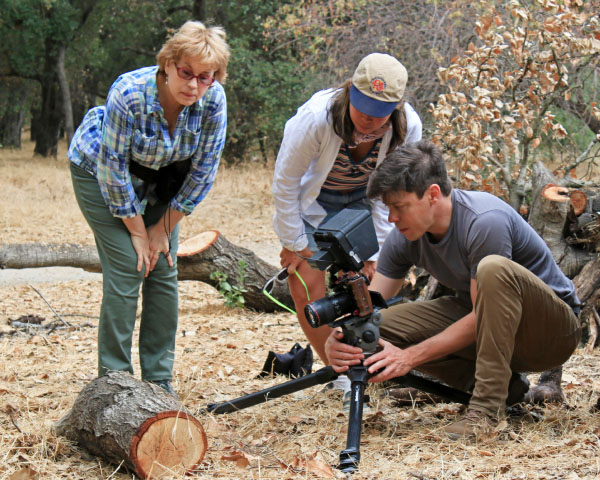PFAS have been shown to increase the risk for several types of cancers, thyroid disease and other hormone-disruption issues, including fertility problems and developmental delays in children and immune system impacts.
“So, there’s a lot of actually really good epidemiological and animal studies showing major impacts, multi-system impacts in humans.”
The researchers detected elevated levels of one PFAS — the uncharismatically named “7:3 FTCA,” — not previously detected in marine fish. Sutton said this was their first time testing for it, using methods only recently standardized. Sutton and colleagues believe that these chemicals find their way into the Bay primarily from consumer products. That includes food packaging, waterproof fabrics, stain-resistant carpets and furniture, fire-suppression foams and nonstick pans.
In other bodies of water across the U.S., especially in places like the East Coast, Midwest and South, chemical manufacturing plants and industry can be key sources of PFAS pollution. Past SFEI studies have shown that treated wastewater and stormwater runoff from towns and cities are both PFAS routes to the Bay.
The California Department of Public Health declined a phone interview but shared a statement by email confirming that this research “provides evidence that parallels efforts at CDPH to understand PFAS exposures in Californians … This work will help address PFAS contamination in local food supplies, such as culturally inclusive fish consumption advisories.”
Indigenous and tribal communities, as well as Asian Americans and Pacific Islanders, frequently eat fish from the Bay and may be disproportionately affected by exposure to these dangerous chemicals. SFEI is collaborating with community groups such as All Positives Possible to mitigate the impact on those whose culture is tied to the Bay’s fish and marine life.
*Correction: A previous version of this story described Rebecca Sutton as a lead author the study, when she is the corresponding author. Miguel Méndez is the lead author.


